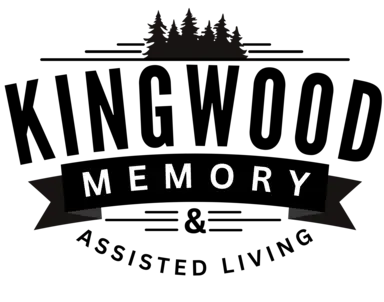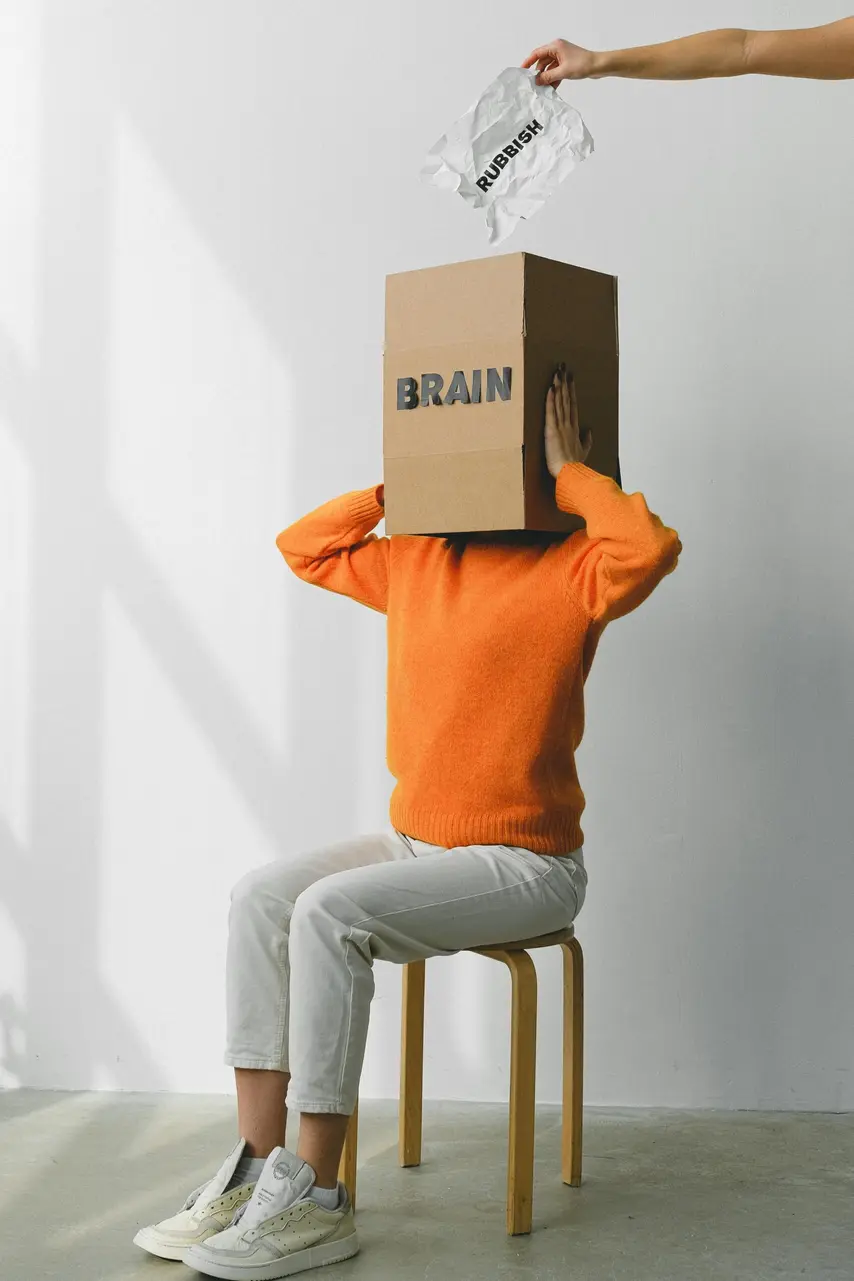Clinical Features, Pathology and Management
Lewy body dementia (LBD) is a complex and progressive neurodegenerative disorder characterized by the accumulation of abnormal protein deposits, known as Lewy bodies, in the brain. LBD encompasses two main clinical subtypes: dementia with Lewy bodies (DLB) and Parkinson’s disease dementia (PDD). This comprehensive analysis explores the clinical features, underlying pathology, diagnostic criteria, and management strategies for LBD, shedding light on this often underrecognized and challenging condition.
Clinical Features
- Cognitive Impairment:
Cognitive impairment is a core feature of LBD, manifesting as deficits in attention, executive function, visuospatial abilities, and memory. Individuals with DLB typically present with early-onset cognitive decline, whereas those with PDD initially exhibit motor symptoms characteristic of Parkinson’s disease before developing cognitive impairment.
- Fluctuating Cognitive Function:
Fluctuations in cognitive function are a hallmark feature of LBD, with individuals experiencing unpredictable changes in alertness, attention, and cognitive performance throughout the day. These fluctuations may manifest as periods of lucidity followed by episodes of confusion, disorientation, and visual hallucinations, posing challenges for diagnosis and management.
- Visual Hallucinations:
Visual hallucinations are common in LBD, occurring in up to 70-80% of individuals with DLB and a significant proportion of those with PDD. These hallucinations are typically vivid, complex, and well-formed, often involving people, animals, or objects. Visual hallucinations may precede cognitive decline and motor symptoms, serving as a red flag for LBD.
- Parkinsonism:
Parkinsonism, characterized by bradykinesia, rigidity, tremor, and postural instability, is a defining feature of LBD. Individuals with PDD develop motor symptoms consistent with Parkinson’s disease, whereas those with DLB may exhibit a spectrum of motor and non-motor features, including parkinsonism, fluctuations, and visual hallucinations.
Pathology
- Lewy Bodies:
Lewy bodies are intracellular protein aggregates composed primarily of alpha-synuclein, a presynaptic protein implicated in synaptic function and neurotransmitter release. These abnormal protein deposits disrupt neuronal signaling, impair mitochondrial function, and contribute to neuronal dysfunction and death in LBD.
- Neurotransmitter Dysfunction:
Neurotransmitter dysfunction, particularly involving dopamine, acetylcholine, and serotonin systems, plays a crucial role in the pathophysiology of LBD. Dopaminergic depletion in the substantia nigra leads to motor symptoms characteristic of Parkinson’s disease, while cholinergic deficits contribute to cognitive impairment and neuropsychiatric symptoms.
- Neuroinflammation and Oxidative Stress:
Neuroinflammation and oxidative stress are implicated in the pathogenesis of LBD, exacerbating neuronal damage and contributing to disease progression. Activation of microglia, astrocytes, and immune cells in response to alpha-synuclein aggregation leads to the release of pro-inflammatory cytokines and reactive oxygen species, further perpetuating neurodegeneration.
Diagnostic Criteria
- Consensus Criteria:
The diagnosis of LBD is based on clinical criteria established by international consensus guidelines, including the McKeith criteria for DLB and the Movement Disorder Society criteria for PDD. These criteria incorporate clinical features, such as cognitive impairment, parkinsonism, fluctuations, and visual hallucinations, as well as supportive biomarkers, including dopamine transporter imaging and cerebrospinal fluid analysis.
- Differential Diagnosis:
Differential diagnosis of LBD involves distinguishing between other neurodegenerative disorders, such as Alzheimer’s disease, Parkinson’s disease, and frontotemporal dementia, which may overlap in clinical presentation. Comprehensive neurological assessment, neuropsychological testing, neuroimaging, and biomarker analysis are essential for accurate diagnosis and treatment planning.
Management Strategies
- Pharmacological Interventions:
Pharmacological treatment of LBD focuses on symptomatic management of cognitive, motor, and neuropsychiatric symptoms. Cholinesterase inhibitors, such as donepezil, rivastigmine, and galantamine, are commonly used to improve cognitive function and reduce neuropsychiatric symptoms in individuals with LBD. Dopaminergic medications, such as levodopa and dopamine agonists, may alleviate motor symptoms in PDD.
- Non-Pharmacological Interventions:
Non-pharmacological interventions, including physical therapy, occupational therapy, speech therapy, and cognitive rehabilitation, play a vital role in managing motor, cognitive, and functional impairments in LBD. Multidisciplinary care teams, including neurologists, geriatricians, psychiatrists, and allied health professionals, provide comprehensive support and assistance to individuals and caregivers affected by LBD.
- Supportive Care:
Supportive care measures, including caregiver education, psychosocial support, respite care, and advance care planning, are essential for optimizing quality of life and maintaining independence in individuals with LBD. Support groups, community resources, and dementia-friendly environments promote social engagement, emotional well-being, and holistic care for individuals and families affected by LBD.
Conclusion
In conclusion, Lewy body dementia is a complex and challenging neurodegenerative disorder characterized by cognitive impairment, parkinsonism, visual hallucinations, and fluctuating symptoms. The underlying pathology of LBD involves the accumulation of abnormal protein deposits, neurotransmitter dysfunction, neuroinflammation, and oxidative stress. Diagnosis of LBD relies on clinical criteria and supportive biomarkers, while management strategies focus on pharmacological and non-pharmacological interventions aimed at improving symptoms and enhancing quality of life. By raising awareness, promoting early detection, and providing comprehensive care and support, healthcare professionals can improve outcomes for individuals and families affected by Lewy body dementia.
Thank you for taking the time to explore Kingwood Memory Care & Assisted Living. We’re committed to providing compassionate and personalized care for individuals with memory-related challenges. If you have any questions or would like to learn more about our services, please don’t hesitate to reach out to us at 281.892.1400 or via email at info@kingwoodmemorycare.com. We’re here to support you and your loved ones on this journey.





